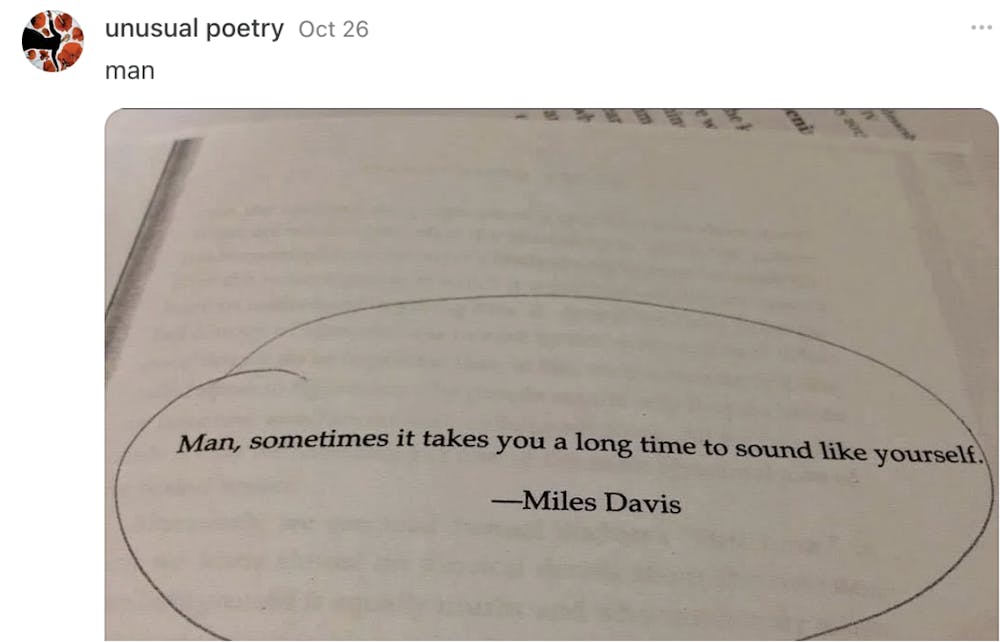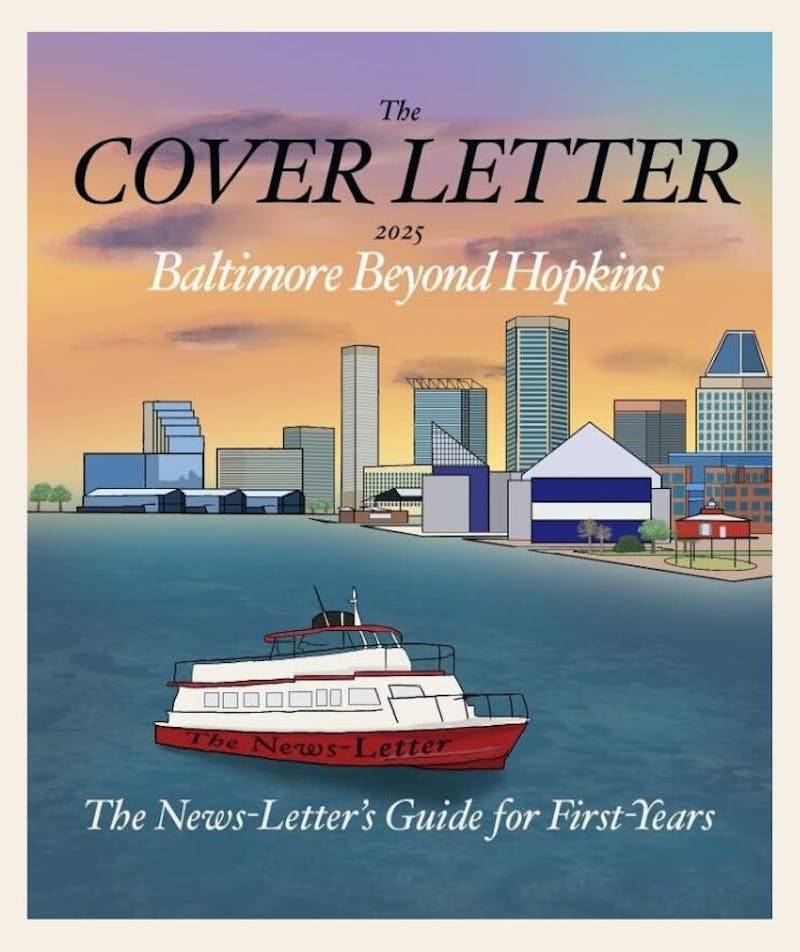My dad still has a huge vinyl collection — The Beatles, ABBA, The Carpenters — and shelves full of original Asterix and Obelix and Tintin comics. Every now and then, he even styles his hair like Reggie from The Archies. He loves old-school diners and fries with ketchup will always be his ultimate comfort food. He’s a true ’90s kid at heart: someone who actually lived and breathed the culture that shaped his generation.
I mean, I’ve taken on the ’90s aesthetic a time or two through a badly-put-together motorcycle leather jacket and jean skirt, but it has never felt quite real. There arises a crucial difference: What once grew naturally out of lived experience has become something curated, aestheticized and filtered for a certain strata or status quo, where whole identities now get assembled from trend cycles and pre-packaged “types.” The quest for aesthetics is destroying our originality.
Based on personal experience, it seems the growing significance of visual perception is what continually defines us on an individual level and at the same time threatens to cage our personality into “components” and “aesthetics.” This is not to suggest that visual perception, whether concerning beauty or any other attribute, is insignificant, as it shapes the way we interact with our environment. Today, however, aesthetics have come to represent more than just the appreciation of beauty. Aesthetically-driven identities may have authentic origins but are often distorted to portray false conclusions about the self.
So the question naturally arises: Who is to blame for letting personalities be equated to such reductionist labels stamped across our identities? Can we truly blame ourselves as humans whose inherent search for meaning in the world around us shapes the way we perceive it? Perhaps.
The first time it struck me how problematic this tendency had become was during the COVID-19 lockdown, when I became obsessed with the “cottage-core aesthetic” in all its dreamy romanticism and nature-loving glory. Maybe it came from the fantasy of escaping to a little cottage in the woods: a way to romanticize life and distract myself from the monotony of being quarantined in one room. Later, in high school, that same impulse showed up again when I started idolizing the “dark academia aesthetic” because in some odd manner, it represented the academic success I was chasing through all the visuals of coffee cup stains and annotated notebooks. That’s when it hit me that I was trying to fit an aesthetic in a manner that ended up being an imitation of something I am not.
If we break it down, the act of choosing an aesthetic spills over into the choices we make for ourselves on a daily basis, be it our functional wardrobes, our daily jargon or even the people and communities we surround ourselves with. These are conscious choices we make for ourselves (almost like a personal “rebranding” of sorts) where we ignorantly chip away at ourselves to fit into a specific mold — ironically, to appear unique.
But oftentimes, the hidden catalyst behind such decision-making is the social media content we consume. Social media constantly bombards us with new aesthetics through endless photos, mood boards and hashtags pushing the latest style we’re supposed to try. Cottagecore, dark academia, fairycore, edgy-this, soft-girl-that: It seems like one can mash a few random words together, throw in a hyphen and suddenly there’s a whole new trend to buy into.
I’m not saying there’s anything wrong with wanting to be a certain kind of person, but it does say a lot about the way social media works — how it constantly boxes people into hyperspecific categories to be validated by their immediate social circles. These aesthetics come with ready-made templates, making it seem like you could order an entire personality from Amazon and have it show up on your doorstep in two days.
That’s why it’s important to remember that in the end, we can’t lose sight of what art and, by extension music, literature and culture truly offer us. In a world where instant gratification is only a scroll away, it’s tempting to settle for quick hits of pleasure. But that ease comes with a cost: a growing disconnect from both our environment and each other.
The entire trajectory of this perpetuating algorithm leads us to consider: Without the forceful shaping of our identities into caging molds and without online platforms that enforce them, what remains beneath the surface? Maybe it’s time to ask ourselves if we’ve been so focused on our screens that we’ve forgotten to look up and see the bigger picture.
Samika Jain is a freshman studying Molecular and Cellular Biology from Mumbai, India.





